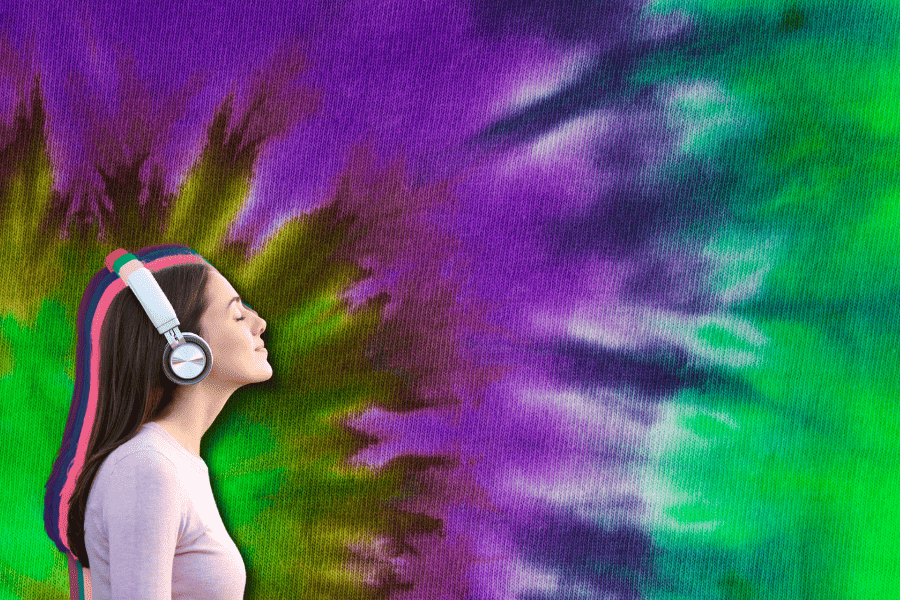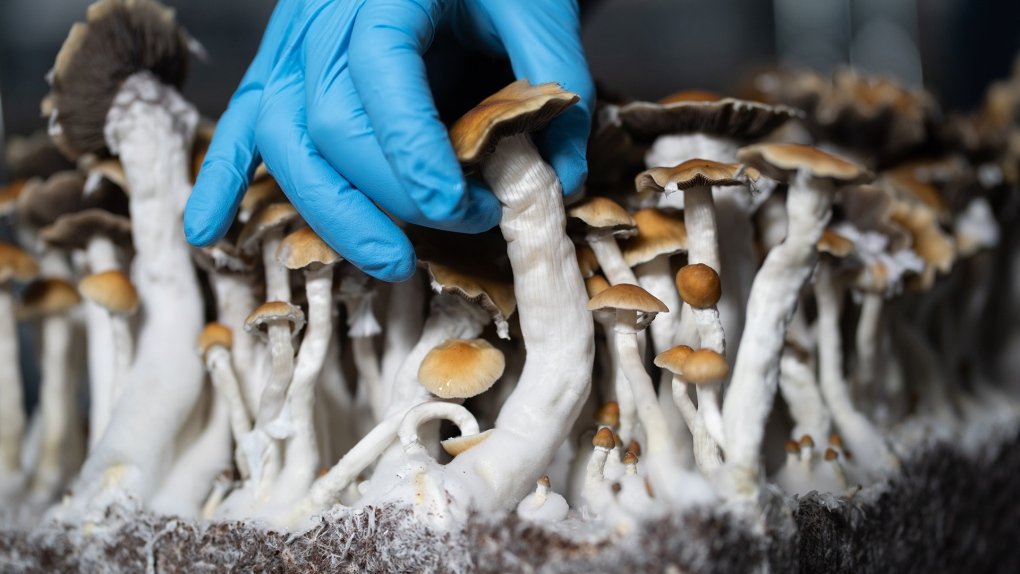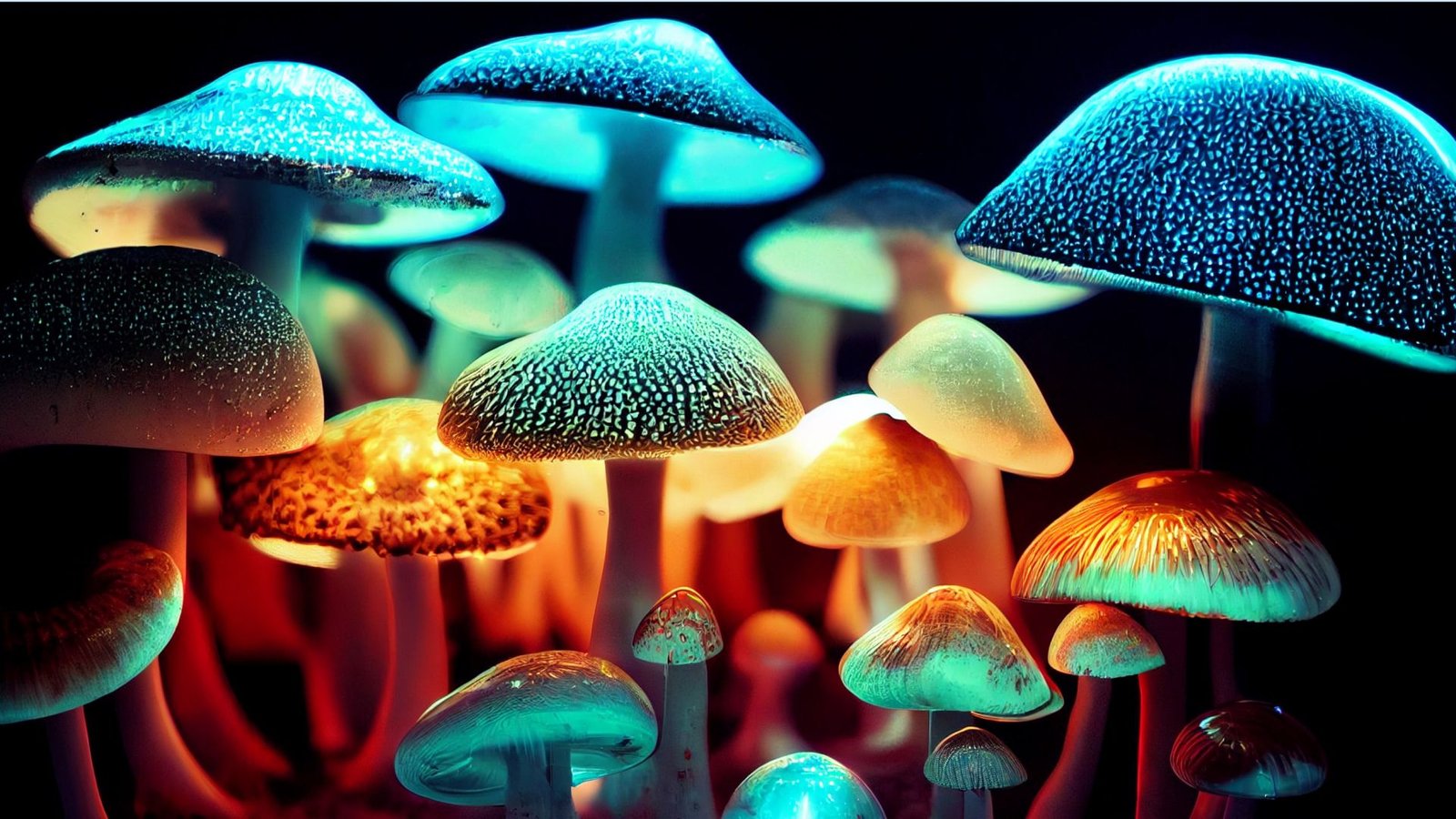A universal approach is rarely applicable in various aspects of life, because we are all unique individuals. This principle applies to our dress selections, fitness regimes, and everyday schedules.
Similarly, personality extends to the use of psychedelic substances medicines like magic mushrooms. Whether you choose a microdose, a moderate dose, or a large dose, the ingredient involved is psilocybin, which is found in “magic” mushrooms.
What Is Macrodosing
In simple terms, macrodosing is taking a dosage of a hallucinogenic substance that will induce a profound psychedelic experience. Macrodosing is not a joke, it’s a serious therapeutic tool used to facilitate deep transformations by inducing what’s known as the “ego death.” As such, it’s best if safely administered in a therapeutic setting. Also, macrodosing should always be done when you already set the intentions for the psychedelic journey, and have a predefined way of integration.
Intention setting involves thoughtful preparation before embarking on the psychedelic journey, contemplating aspects such as:
- Personal struggles.
- Desired accomplishments.
- General experiential preferences.
Thorough preparation is a linchpin for a successful psychedelic journey. Optimal settings for administering hallucinogenic medicines involve ceremonial or clinical environments that instill a sense of safety, where intentions are set, and gratitude is expressed. Utilizing music tailored to the specific medication and experience is advised, accompanied by the use of an eye mask to facilitate the opening of the third eye to visual hallucinations.
Post-psychedelic journey, substantial time should be devoted to integration therapy. This phase involves in-depth discussions about the experiences, perceptions, and realizations, aiming to help people comprehend and effectively integrate these insights into their lives, fostering a sense of peace and harmony.

What Is Microdosing?
Microdosing is the practice of taking small, consistent doses of psychedelic drugs over a specified period of time. Microdoses are typically between 1 and 10% of the dosage needed for a complete psychedelic experience. There are several dose regimens for microdosing, pointing out that hallucinogens are not a one-size-fits-all answer, contrary to the story sometimes offered by pharmaceutical companies for medications such as Zoloft.
To manage the complexities of microdosing, seek advice from an experienced, licensed psychedelic specialist who is familiar with hallucinogenic dose. This specialist will assess both physical and mental appropriateness, making specific suggestions for appropriate psychedelic doses and treatment plans.
Unlike a complete psychedelic experience, microdosing has mild effects. People may sense a minor increase in mood and energy, or they may feel no change at all. The duration of these effects varies according to the substance taken. Microdosing regimens can be tailored to short-term, long-term, or as-needed use.
Microdosing has the potential to create new pathways in the brain, resulting in good mood and cognitive patterns. It represents an advanced approach to using the benefits of hallucinogenic medicine for therapeutic and cognitive enhancement.
Benefits of Microdosing
Mood and Mental Health
Microdosing has been commonly associated with improved mood, as indicated by various qualitative, retrospective, prospective, and laboratory studies. It has also been linked with lower depression scores, although some well-controlled laboratory studies did not find significant changes in depression, negative affect, or positive affect scores on dosing days. The effects on stress and anxiety yielded contradictory findings in the studies that reported increases or mixed results. Substance misuse improvements were reported, particularly in qualitative studies, with microdosing linked to reductions in smoking and substance use. However, these effects have not been widely investigated in laboratory settings. Furthermore, a few studies inked microdosing to less severe OCD and better mental health overall.
Creativity and Cognition
Several studies indicated that microdosing may be associated with increases in creativity, with reports of enhanced convergent and divergent thinking. However, findings were not consistent across all studies. Some studies showed changes in neurocognitive behavioral tasks, such as impacts on time perception and selective attention, but again, results varied, with some studies reporting no significant effects.
Changes in Conscious State
Despite claims that microdosing is sub-perceptual, evidence suggests that it leads to changes in subjective awareness. The positive effects of microdosing are thought to be dependent on modifications in psychophysiological state, which are characterized by increased presence and perceptual clarity, as revealed by a qualitative study.
Personality
There were fewer consistent reports on how microdosing affected people’s personalities. The classic big five personality qualities did not significantly change, according to some study, but traits like extraversion and openness did grow. Interestingly, the majority of studies concentrated on immediate rather than long-term changes, which limited our understanding of long-term personality changes. Studies consistently reported increases in interpersonal feelings, attitudes, and behaviours, indicating improved relationships and interpersonal connections.

Macrodosing vs Microdosing – The Key Differences
The difference between macrodosing and microdosing is huge, as you imagined. For this purpose, let’s pinpoint the three main differences:
They Have Different Effects on Mood and Perception
- Microdosing is frequently used to improve mood and concentration, offering subtle changes in perception.
- Macrodosing has a significant impact on perception and awareness, resulting in severe changes in mood and perception.
Doses are Important for Intensity
- Microdosing is far less intense, with consumers seeing modest changes in mood and perception.
- Macrodoses can be extraordinarily potent, generating dramatic shifts in consciousness and perception.
How Frequently Do You Use Them
- Microdosing is frequently done on a set schedule, such as every other day or once a week.
- Macrodoses are normally taken less regularly, with some users choosing once or twice a year.

Pros and Cons of Both
Taking on the wild rides of macrodosing and microdosing comes with a slew of possible benefits as well as drawbacks. Macrodosing comes with the glory of promised mental health enhancements and overall wellness, along with certain effects such as severe hallucinations.
However, a notable challenge lies in the variability of mushroom potency, as they lack regulation outside clinical trials, making the experience less of an exact science.
On the flip side, microdosing has garnered numerous anecdotal reports highlighting benefits such as enhanced mood, focus, and creativity, along with potential applications in treating anxiety and depression. Despite these claims, the scientific research backing them remains limited. It’s crucial to note that some individuals may encounter adverse effects, such as headaches or heightened anxiety, particularly with larger microdoses and heavy doses.




